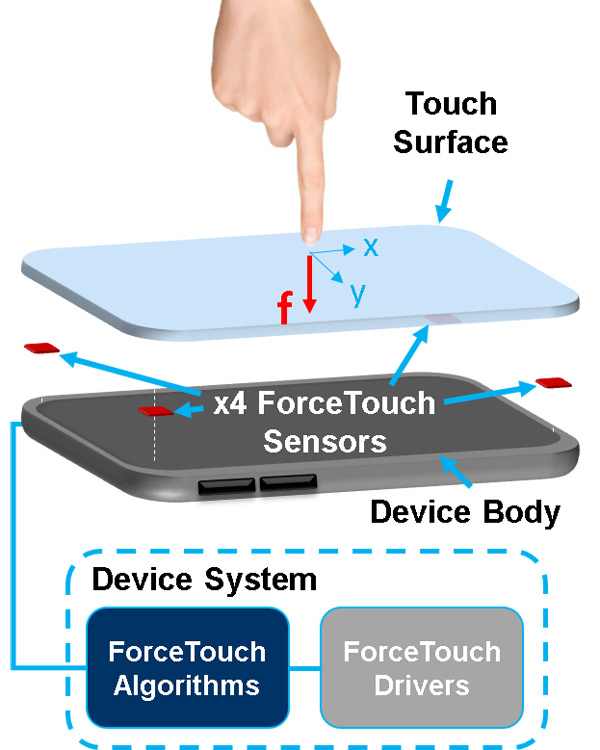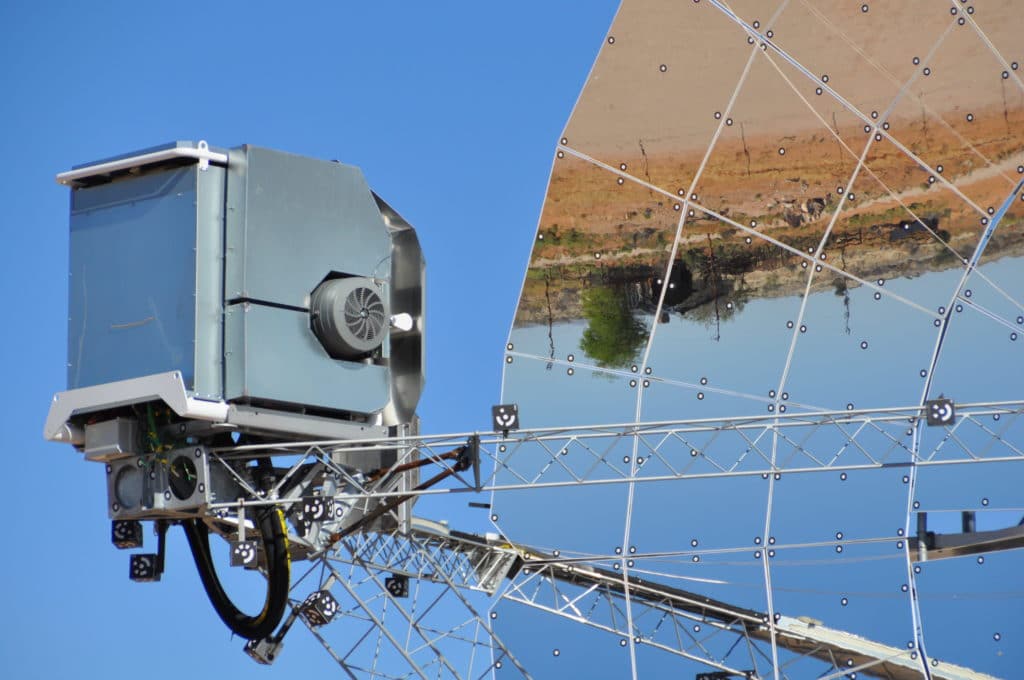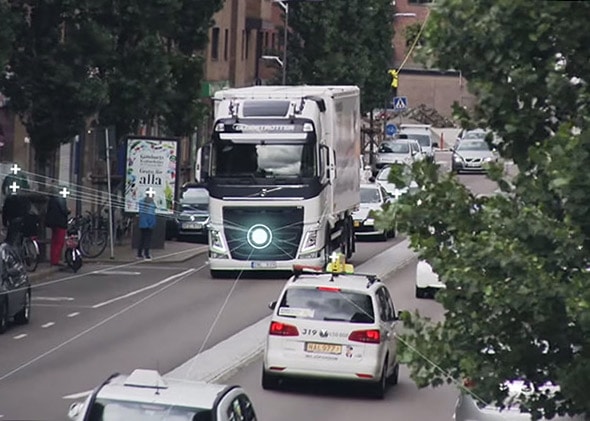This month, Facebook released its new product “Moments” during a time when online privacy has come under attack.
“If you’re unfamiliar, ‘Moments’ is one of Facebook’s sister apps for mobile devices. It works by burrowing into all the photos on your camera, and sorting them into discrete temporal events – that party, that bike trip, that office function – to create ‘Moments.’ The app then tags everyone it recognizes by comparing the faces in the photos to existing Facebook friends (your ‘social graph’ in tech parlance), and invites you to share the resulting ‘Moment’ with everyone tagged in the photo,” reports Jeff John Roberts for Fortune.

This feature will change how everything works for online Facebook users. Because of the constant debate over privacy and the lack of strong laws that prevent social media sites and websites from tracking your location and creating ads suited to you, this feature will not be welcomed with open arms.
In fact, Canada and many European nations have banned the tag feature. Those same countries will more than likely reject the “Moments” feature. In Ireland, privacy watchdogs have noticed that the feature has only a default mode, meaning that users can’t decide to turn it on or off.
According to Slash Gear writer Chris Davies, “the social network claims more than 97-percent accuracy at identifying the right people, juggling in excess of 120m parameters as it builds 3D face models using a neural network. Last year, Facebook said it had trained the network using more than 4,000 people and in excess of four million images.”
The debate over the new app/feature is just getting started. “Moments” was released June 15 and it is available in the App Store and Google Play.















